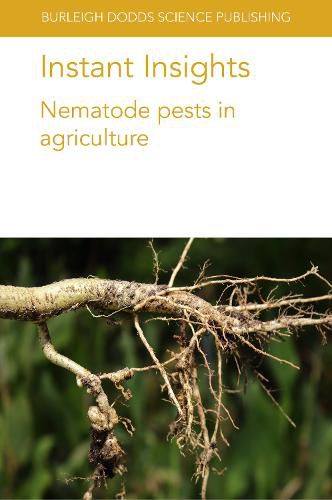This collection features five peer-reviewed literature reviews on nematode pests in agriculture. The first chapter assesses the value and impact of using integrated pest management (IPM) to combat nematode pests. It summarises the basic biology and morphology of the most economically-important nematode pests and reviews cultural, biological and chemical methods of control. The second chapter discusses advances in understanding plant root response to nematode attack. It highlights how nematodes form feeding structures in host roots and how this behaviour has allowed plants to evolve new mechanisms of resistance that target this structure with a toxic response. The third chapter discusses key nematode pests of wheat, including cereal cyst, root-knot and root-lesion nematodes. It features research on best practice in detecting and managing these pests effectively. The fourth chapter summarises what we know about soil and plant nematodes damaging maize, including lesion, root-knot and vermiform nematodes. It reviews research on characteristics, identification and effects which provide the foundation for effective control. The final chapter describes the characteristics and control of key nematode pests of potatoes: potato cyst nematodes, root knot nematodes, root lesion nematode, potato rot and stem nematodes as well as virus vector nematodes.
Read More





